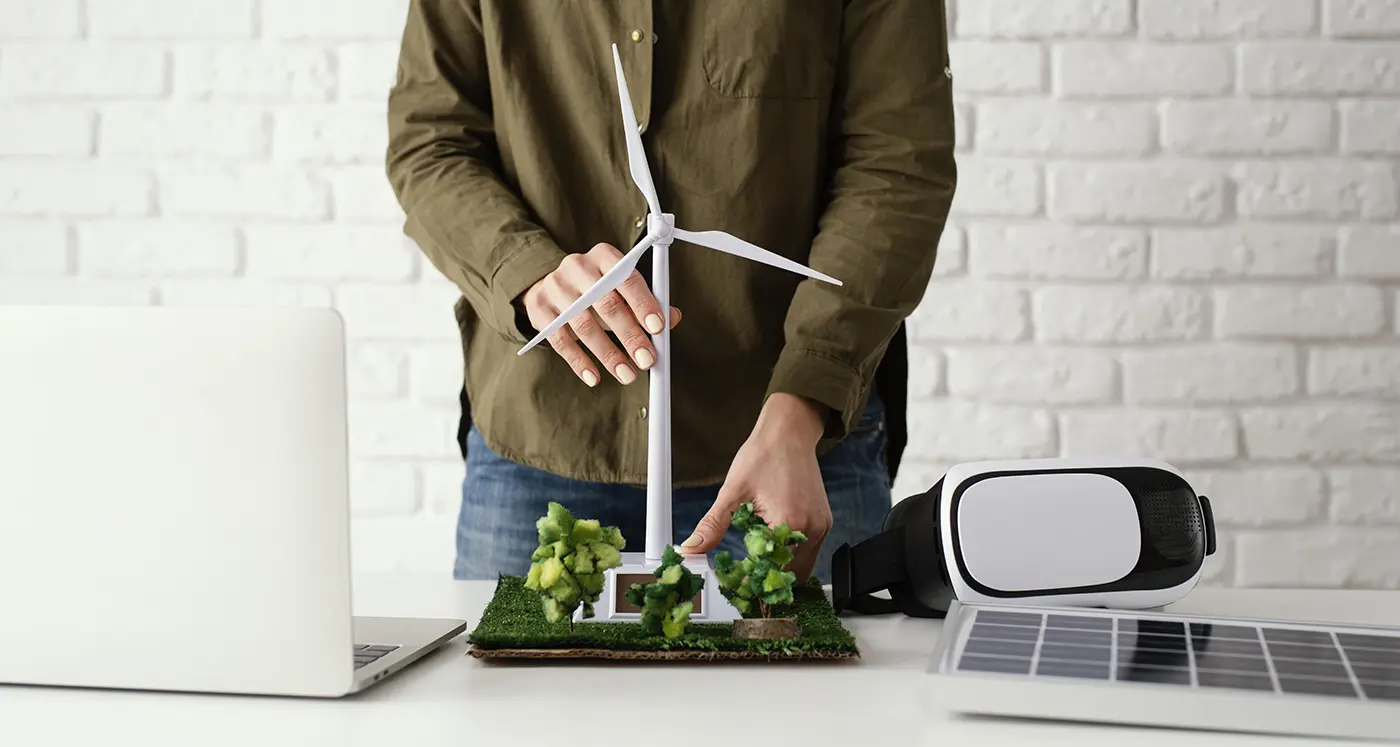Technology does not have to move relentlessly at the expense of the environment. Sustainability in today’s tech-oriented world has become all the more imperative. In the face of urgent challenges such as climate change and environmental degradation, adopting eco-friendly practices within the confines of our homes will be key to ensuring a livable planet for future generations. Fortunately, technological advancements are fraught with novel ways to empower homeowners to reduce their environmental footprint and realize a sustainable lifestyle. From energy-efficient appliances to smart home automation systems, let’s look closer at some eco-friendly solutions that pave the way for more sustainable homes in a tech-powered world.
Power Up Efficiency: Energy-Efficient Appliances
Some of the biggest contributors to home energy consumption include everyday appliances such as refrigerators, washers, and dishwashers. Fortunately, many modern appliances are becoming increasingly energy-efficient due to both technological and design improvements. Look for Energy Star-certified appliances that meet strict energy efficiency criteria set by the U.S. Environmental Protection Agency. These appliances can significantly reduce energy consumption and translate into lower utility bills on behalf of homeowners.
Further beyond certification, innovations such as heat pump technology, variable-speed compressors, and advanced insulation materials further improve appliance performance and efficiency. This can greatly reduce one’s carbon footprint further; the investment in energy-efficient appliances will go a long way in creating a more sustainable future.
Smart Solutions for a Sustainable Home: Smart Home Automation Systems
Other exciting avenues in promoting sustainable living involve smart home automation systems that optimize energy use and reduce waste. Such systems rely on a network of sensors, actuators, and connectivity to the internet for monitoring and managing aspects of energy home consumption like heating, cooling, lighting, and appliances.
Smart home technologies, for instance, can let a thermostat learn the occupants’ heating and cooling preferences and then automatically set the temperature for maximum comfort at minimum energy consumption. Similarly, smart lighting systems are able to dim or turn off lights in rooms that are not used, reducing electrical power consumption and, therefore, utility bills.
Smart plugs and power strips take this a step further by enabling the consumer to track and monitor energy usage on specific devices. This opens up the possibility of uncovering the “vampires” that consume energy and getting rid of superfluous energy consumption from appliances on standby. Energy efficiency and a reduction of the environmental footprint by homeowners are achieved without compromising comfort or convenience with such intelligent technologies integrated within homes.
Tapping into Mother Nature: Renewable Energy Systems
Beyond energy consumption reduction, a bold stride toward sustainability that one can make as a homeowner is by producing their own electrical energy through renewable solutions like solar panels, wind turbines, and geothermal heat pumps. In fact, over the last years, photovoltaic systems have become so much more affordable and accessible that many homeowners can now tap into the sun’s energy and make clean, renewable electricity inside their very own homes.
New storage technologies in batteries mean excess energy can be reserved for high demand periods or days when the sun is not out. Indirectly, this means a greater independence of energy and resilience from the traditional grid and fossils.
Going beyond individual solutions, innovations range from community solar programs and shared renewable energy projects to helping homeowners tap into renewable energy resources when it is not possible for them to install solar panels on their property. Such programs allow homeowners to participate in the development of renewable energy infrastructure and help support a more sustainable energy future for their communities.
Conserving Every Drop: Water Conservation Technologies
Water conservation is another important approach to living sustainably, especially for areas predisposed to drought and low water supply. Fortunately, technology can assist a house owner in reducing water consumption and saving each precious drop of this resource.
Water-conserving fixtures include faucets, showerheads, and toilets that use less water without sacrificing performance. Besides the ability to save water, it will lower utility bills for the family living in the house. Smart irrigation systems optimize water usage with the input of weather data and soil moisture sensors, running optimized watering schedules, and preventing overwatering in gardens and landscapes.
These greywater recycling systems allow reutilization of water from the sinks, showers, and washing machines for irrigation purposes in the outdoors, further cutting down on water consumption and fostering sustainable landscaping.
Conclusion: Building a Sustainable Future, One Home at a Time
In the end, it is rather not hard to see that living in a technically driven world can indeed be sustainable and all the more accessible to home owners. Adoption of appliances with efficient energy use, smart automation of the home, renewable energy solutions, and water conservation enhancements offer great opportunities for the homeowners in order to reduce their ecological footprint and contribute much to the sustainable future of our planet.
Technology-driven continuous advancement and affordability will keep the window of opportunity for eco-friendly living continuously expanding. With a simple integration of these eco-friendly solutions into the home, it will provide benefits such as lower utility bills, increased property values, and more importantly, help take care of the environment for future generations.
